Caudron
C.714C.1
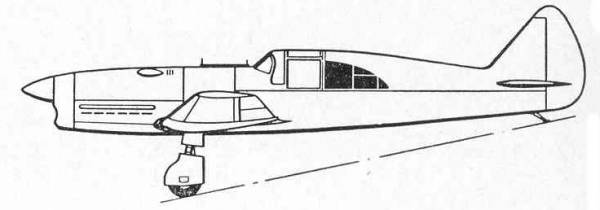
The Caudron C.714 was one of the few true light weight fighters to attain production status during World War II. The C.714 was evolved indirectly from the experimental C.710 fighter inspired by the small racing aircraft which competed in the 1933-1935 Coupe Deutsch de la Meurthe. Designed by Marcel Riffard, the C.710-01 first flew on July 18, 1936 with a 450 h.p. Renault 12Ro1 engine and an armament of two 20 mm cannon. The C.711 racing monoplane did not materialize and the C.712R was designed for an attempt on the world speed record and flew on December 24, 1936, but the next model the C.713 Cyclone, was a further lightweight fighter differing from the C.710 primarily in having a fully retractable undercarriage and a redesigned vertical tail.
The C.713 Cyclone was first flown in December 1937 and the C.714, which appeared the following summer, was essentially the same but embodied a strengthened fuselage and a wing of improved profile. The C.714-01 underwent trials from September to October 1938, during which time dives up to 435 mph were performed. In November of 1938, the wing mounted armament of four 7.5 mm machine guns was installed and 100 machines were ordered. Production commenced in the summer of 1939.
The
C.714 required only 5000 man hours in its construction and it was
comprised of a one piece, two spar wooden wing and a wooden fuselage
with light alloy, fabric covered control surfaces. The Armee de l'Air
decided that the fighter's climb performance was inadequate by
contemporary standards, and production was stopped after the delivery
of the ninetieth machine in February 1940. Fifty were diverted to
Finland but only six reached the Finnish Air Force, the remainder being
lost en route. The first all Polish unit to be formed in France, the
Groupe de Chasse I/145, was equipped with the C.714 for a brief period,
and saw some action over the Rouen-Dreux area in June 1940.
The Kit
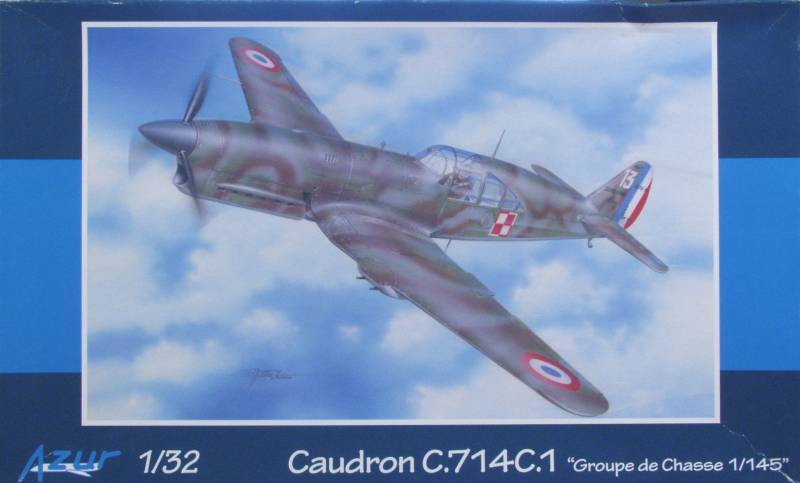

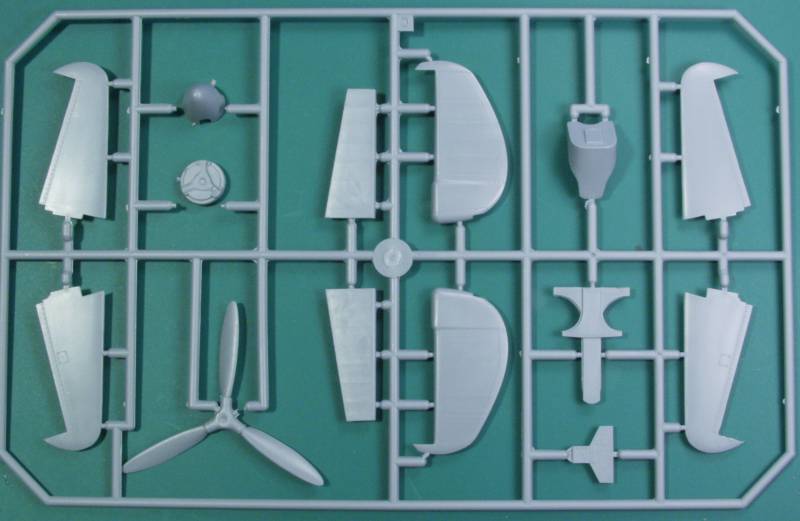
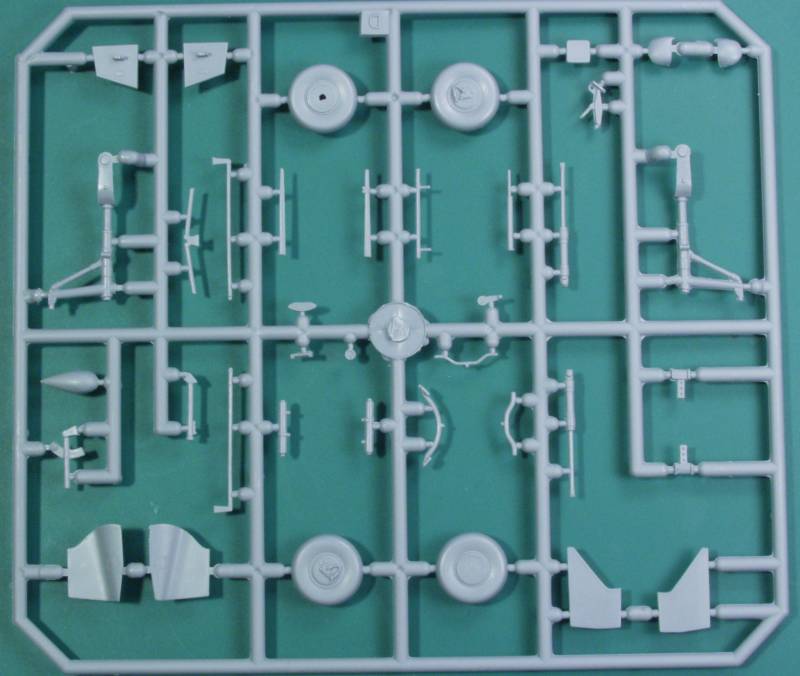
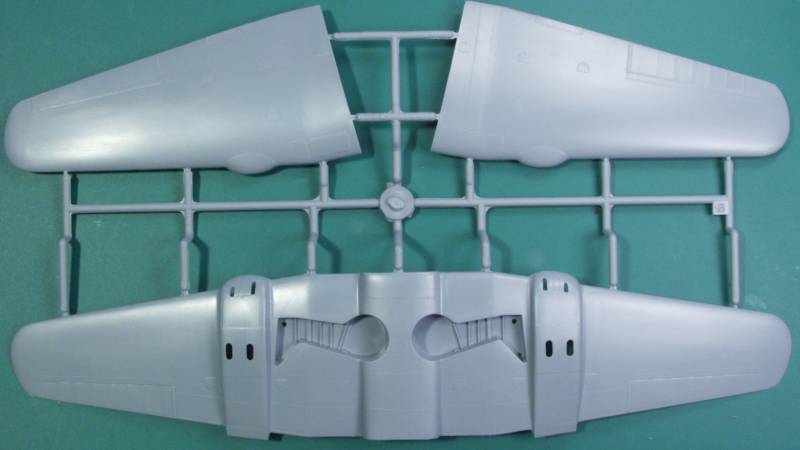
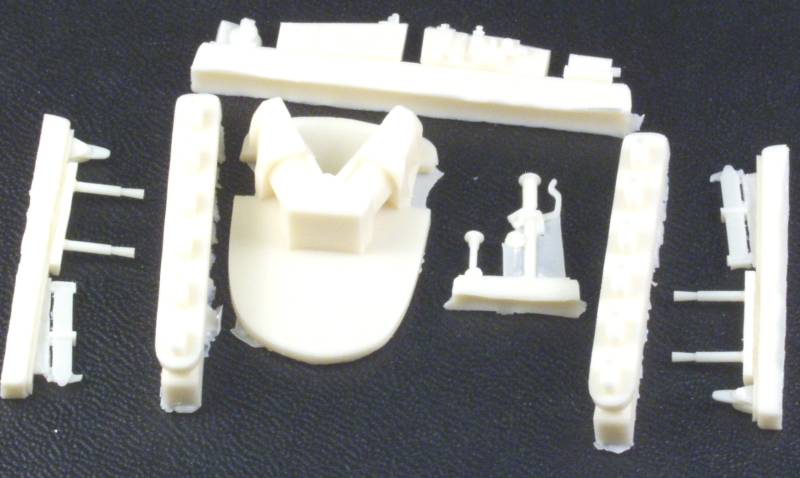
A small fret of photo etch is included that has the seat belts and shoulder harness and a various other cockpit details. See below.
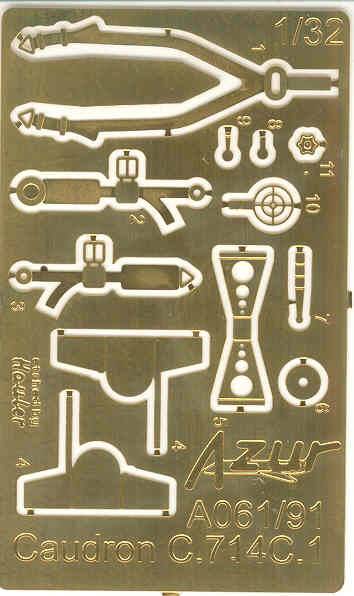
The clear parts are nice and clear and thin as well with clearly defined frame lines. A portion of the fuselage is molded ahead of the windscreen which always helps if there are fit issues. See below.
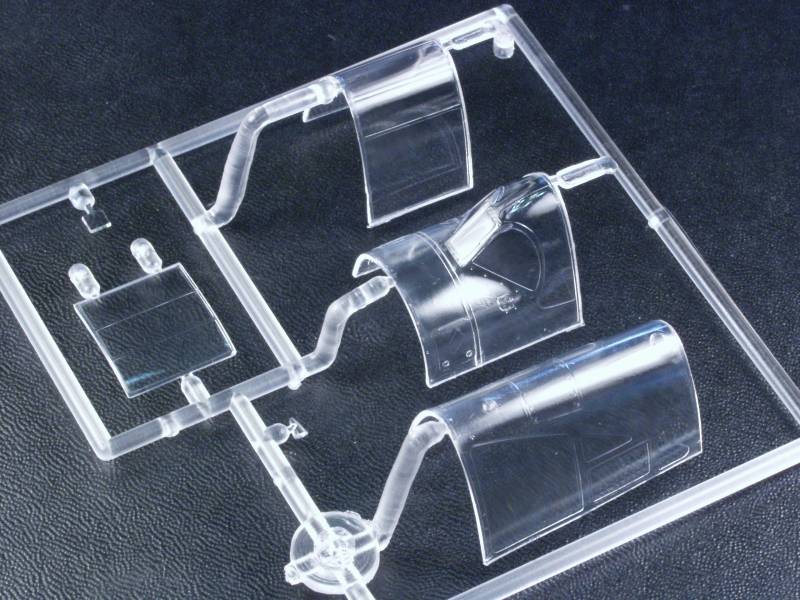
The decals are printed by Aviprint and appear thin and are well registered. The colors appear to be opaque enough to cover dark colors but it sometimes hard to tell. The data for the rudder is printed on the tri-color decal for the rudder which makes it difficult for those who would rather paint the colors on. The sheet contains markings for four aircraft. See below.
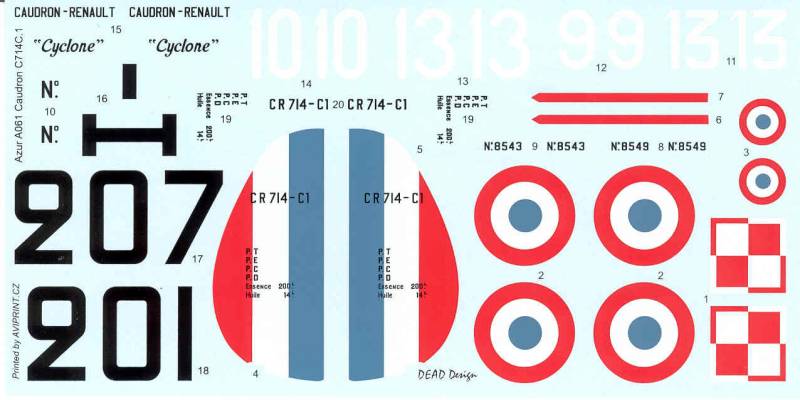
The instructions are in a booklet form of A4 sized pages and consists of twelve pages. Page one has history in two languages, Czech and English. Pages two and three are parts maps and an icon chart, pages four through seven are assembly steps with a small color chart for the assembly stages with color names and Gunze numbers. Pages eight through eleven are painting and marking instructions for the four aircraft supplied on the decal sheet and page twelve is a listing of other 1/32 scale kits by Special Hobby and Azur.
After Market Goodies
None that I know.
Conclusions
These Azur kits are conceived and designed in France and tooled and molded in the Czech Republic by the MPM group who also does Special Hobby and others. With the design work done in France we have the best chance of getting an accurate and well detailed kit. The short run kits in the past few years have made great strides in quality and it shows in this kit which should build up into a very nice model. The key thing to remember is that it is still a short run kit and does require test fitting and adjusting at nearly every step to insure a good outcome. Recommended to modelers with a few short run kits under their belt.
Links to kit build or reviews
A build can be found here.
References
Warplanes of the Second World War, Fighters volume one by William Green.
Back to the 1/32 Scale French Aircraft page